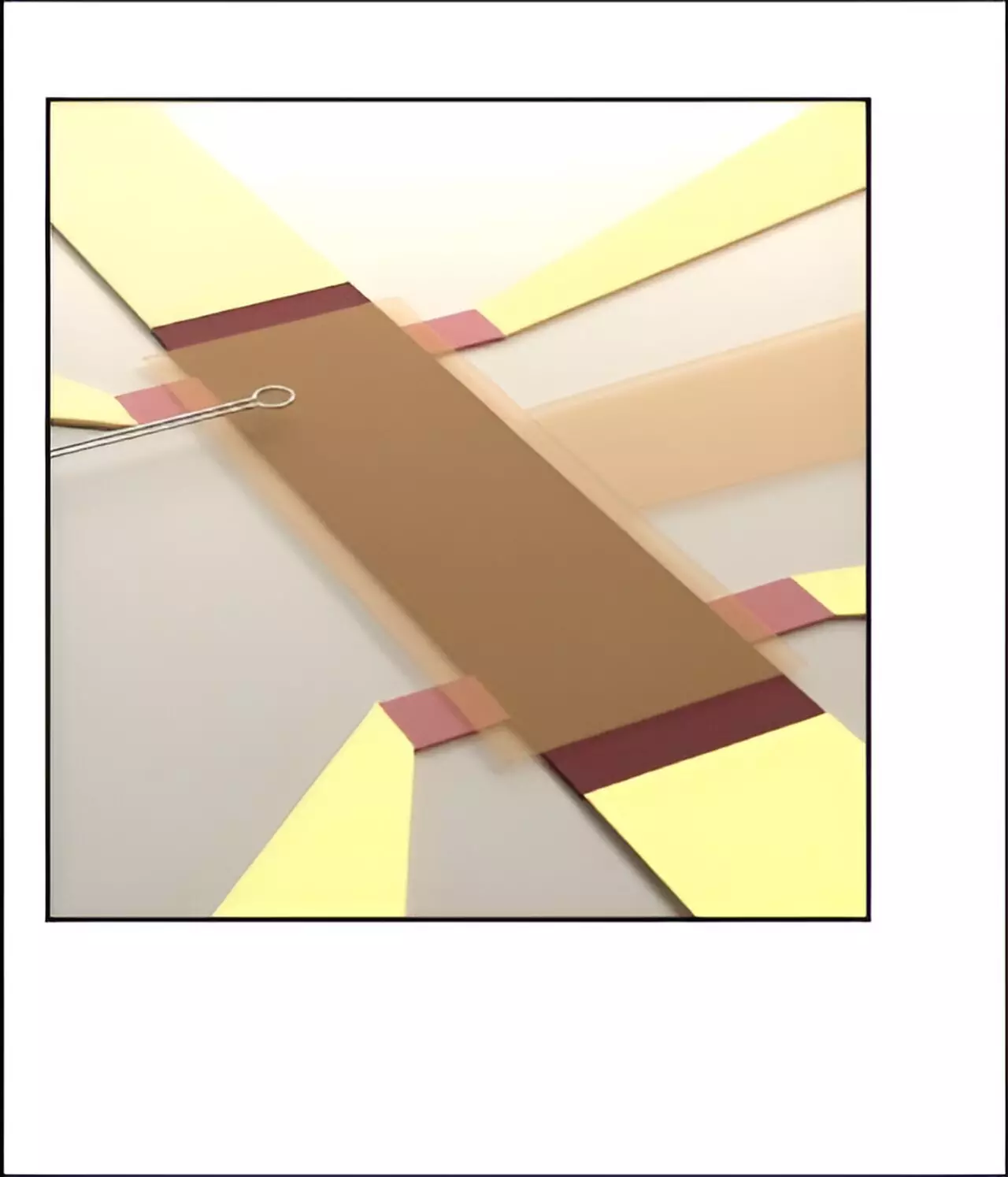The realm of condensed matter physics has long been captivated by the peculiar phenomenon of topological protection, a concept posited to preserve electronic states against perturbations. However, this protection comes at a price; it engenders a form of “topological censorship” that conceals critical micro-level details which can enrich our understanding of these exotic states. Recent groundbreaking studies have begun to pierce through this veil, revealing interesting insights about the behavior of current in Chern insulators and challenging longstanding beliefs about edge states.
Topological protection ensures a remarkable resilience of certain quantum states, allowing them to maintain integrity even in less-than-ideal conditions. This phenomenon has been pivotal in the pursuit of fault-tolerant quantum computing, primarily due to predictions that such topological phases would safeguard information against errors. At the heart of this is the fascinating prediction made by David J. Thouless, F. Duncan M. Haldane, and J. Michael Kosterlitz, who explored topological phase transitions and laid the groundwork for understanding robust topological states of matter. The implications of their discoveries are vast, promising new avenues in quantum technology.
Yet, as the excitement builds, so does a critical reflection on the nature of topological protection. While it illuminates the universal characteristics of quantum states, it simultaneously obscures localized details. In this context, the idea of topological censorship emerges as a double-edged sword, capable of shielding essential information while also limiting our ability to probe deeper into the microscopic behavior of these states.
A significant turning point arose when recent experiments conducted by researchers at Stanford and Cornell revealed surprising behaviors within Chern insulators. Conventional wisdom suggested that electron currents would flow predominantly along the edges of such materials, in alignment with the standard quantum Hall effect model. However, the results were both unexpected and revelatory: with varying voltage applications, electron currents were found to spread throughout the material rather than merely skirting its periphery.
This deviation from the expected norm highlights a crucial question posed by physicists: where does the quantized charge current truly flow in these topologically ordered systems? This inquiry not only advances our scientific knowledge but also challenges the foundational principles underpinning topological protection.
Bridging the Gap: Theory Meets Experimentation
The contributions of Douçot, Kovrizhin, and Moessner have proven invaluable in addressing this question. Their theoretical framework presented in the *Proceedings of the National Academy of Sciences* successfully reconciles experimental findings with theoretical expectations. They elucidated mechanisms that permit current flow not only along the edges but also deeper into the bulk of Chern insulators, presenting the novel finding of meandering edge states capable of conducting quantized currents throughout the material.
In essence, their research illustrates a transformation from a rigid understanding of current flow to a more dynamic and expansive model. The analogy drawn between edge channels and flowing streams emphasized the adaptability of current within the material. Just as a stream finds its path through varying terrains, so too can electron currents navigate the complexities of a Chern insulator’s interior.
The Wider Implications of Revealing Topological States
By peeling away the layers of topological censorship, this research opens new avenues for empirical exploration of topological states of matter. It makes a compelling case for reexamining the behavior of current flows in various topological systems and challenges research groups worldwide to refine their experimental approaches. The discovery of non-local current distributions in Chern insulators marks a paradigm shift, prompting the scientific community to investigate further the nature of edge and bulk states.
Studying these properties could yield significant insights, not only within the context of theoretical physics but also in the quest for practical applications, such as in quantum computing. The interactions between topological states and other physical phenomena could unveil new functionalities in quantum devices, thereby influencing future technological advancements.
The exploration into the intersections of topology and quantum states has ushered in a new era of understanding. As the veil of topological censorship lifts, the intricate details of how currents behave in Chern insulators become evident, challenging prevailing hypotheses and inspiring fresh experimental inquiries. The interplay between theoretical projections and empirical evidence continues to reshape our comprehension of quantum materials, marking a significant stride towards harnessing the potential of topological phases in future technologies. With pioneers like Douçot, Kovrizhin, and Moessner leading the way, the scientific adventure into the depths of topological phenomena is far from over; rather, it is only just beginning.


Leave a Reply